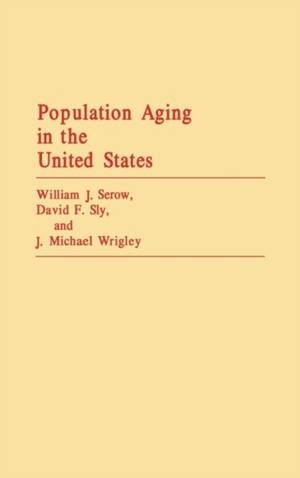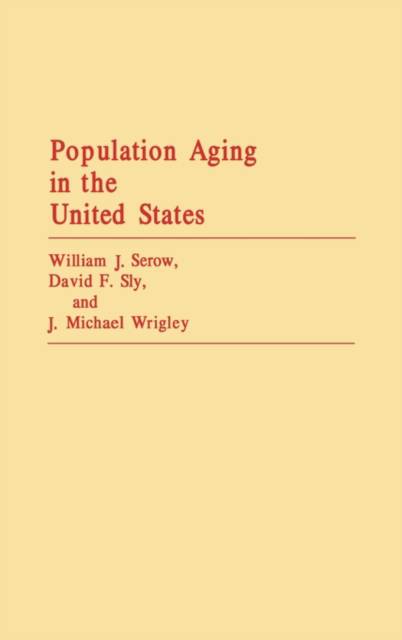
- Afhalen na 1 uur in een winkel met voorraad
- Gratis thuislevering in België vanaf € 30
- Ruim aanbod met 7 miljoen producten
- Afhalen na 1 uur in een winkel met voorraad
- Gratis thuislevering in België vanaf € 30
- Ruim aanbod met 7 miljoen producten
Zoeken
€ 161,45
+ 322 punten
Omschrijving
This incisive work reviews the salient aspects of the demographic, social, and economic characteristics of the aging of the population of the United States. It deals not only with the past and current aspects of population aging but also emphasizes the future outlook with regard to characteristics of the elderly and relative size and composition of the future older population. The book begins with a retrospective review of the population aging process of the United States throughout the twentieth century and continues with a prospective view of aging through most of the next century.
Through the use of 67 tables, the authors go on to consider the demographic determinants of population aging and examine the role that each of the three demographic processes has actually played in the shaping of the status quo, as well as the roles that they may play in the future. Succeeding chapters are devoted to spatial aspects of aging in the United States; various social and economic aspects of aging and the older population in the United States; economic characteristics of previous, current, and future generations of older Americans with a focus on labor force, income, and educational attainment; and health status and patterns of health care utilization among older Americans. A final chapter brings all the preceding material together by considering the policy implications of prospective population aging within the United States with reference to both the increased number and proportion of older persons within the American population and to the aging of the older population itself during the next century. This reference work is a must for all professionals in demography and gerontology. It also deserves close attention by those taking courses in social gerontology and demography.Specificaties
Betrokkenen
- Auteur(s):
- Uitgeverij:
Inhoud
- Aantal bladzijden:
- 240
- Taal:
- Engels
- Reeks:
Eigenschappen
- Productcode (EAN):
- 9780313273117
- Verschijningsdatum:
- 26/06/1990
- Uitvoering:
- Hardcover
- Formaat:
- Genaaid
- Afmetingen:
- 156 mm x 234 mm
- Gewicht:
- 512 g

Alleen bij Standaard Boekhandel
+ 322 punten op je klantenkaart van Standaard Boekhandel
Beoordelingen
We publiceren alleen reviews die voldoen aan de voorwaarden voor reviews. Bekijk onze voorwaarden voor reviews.











